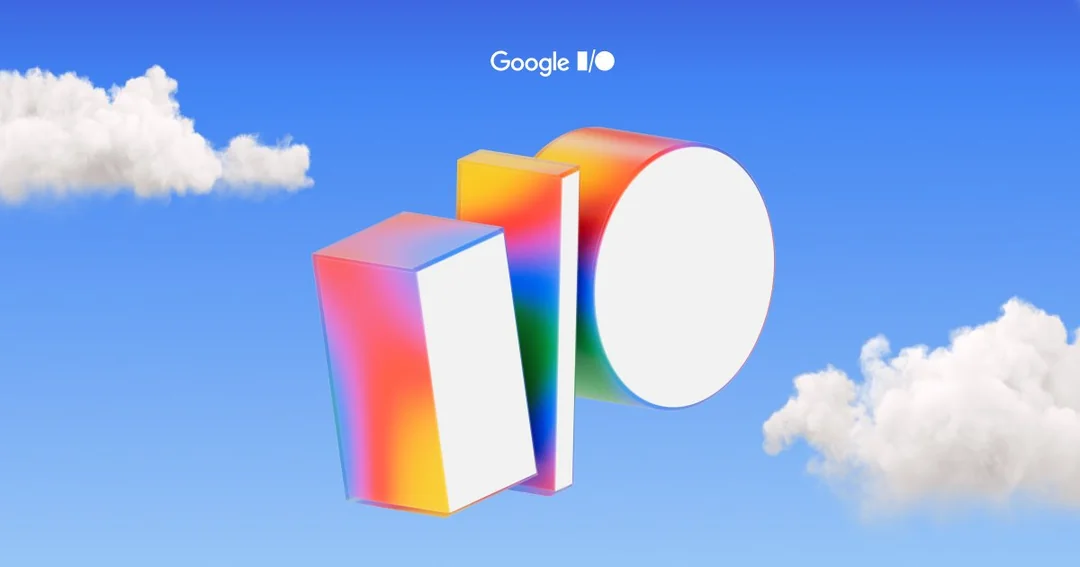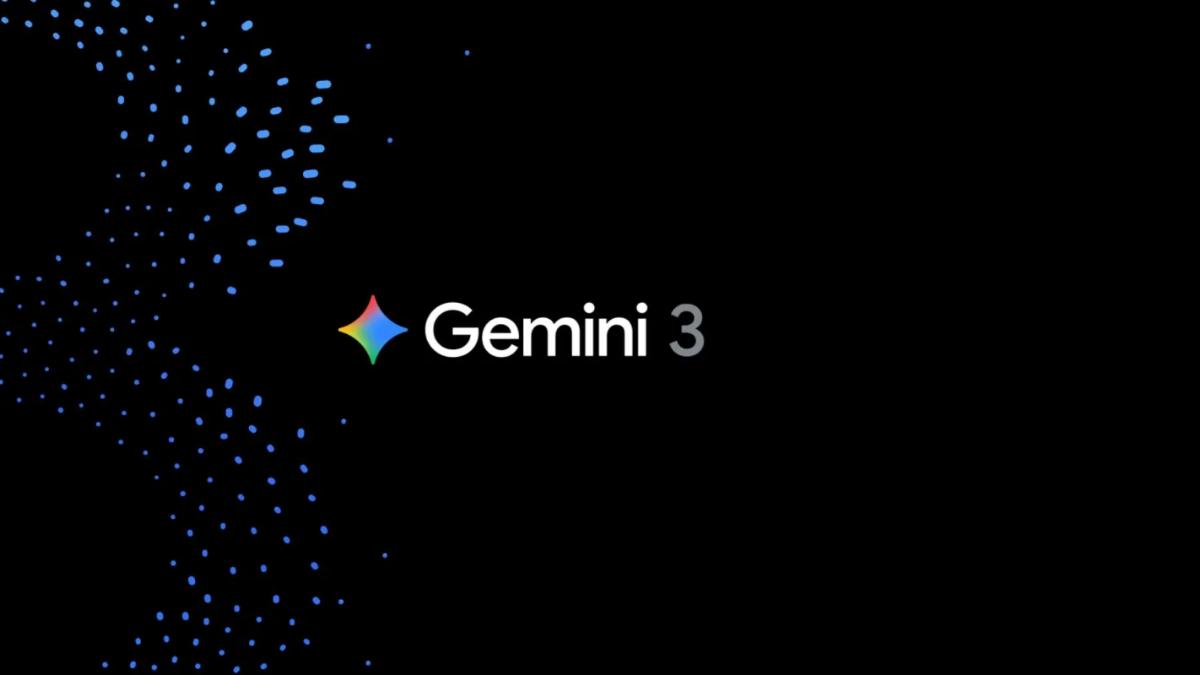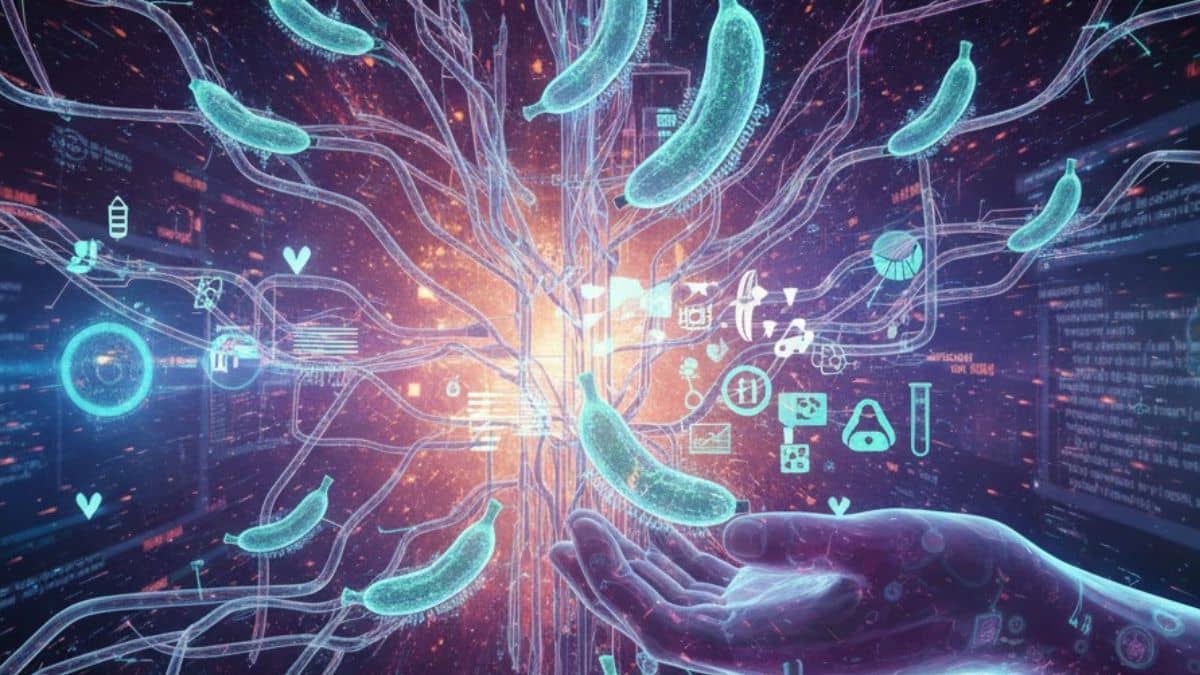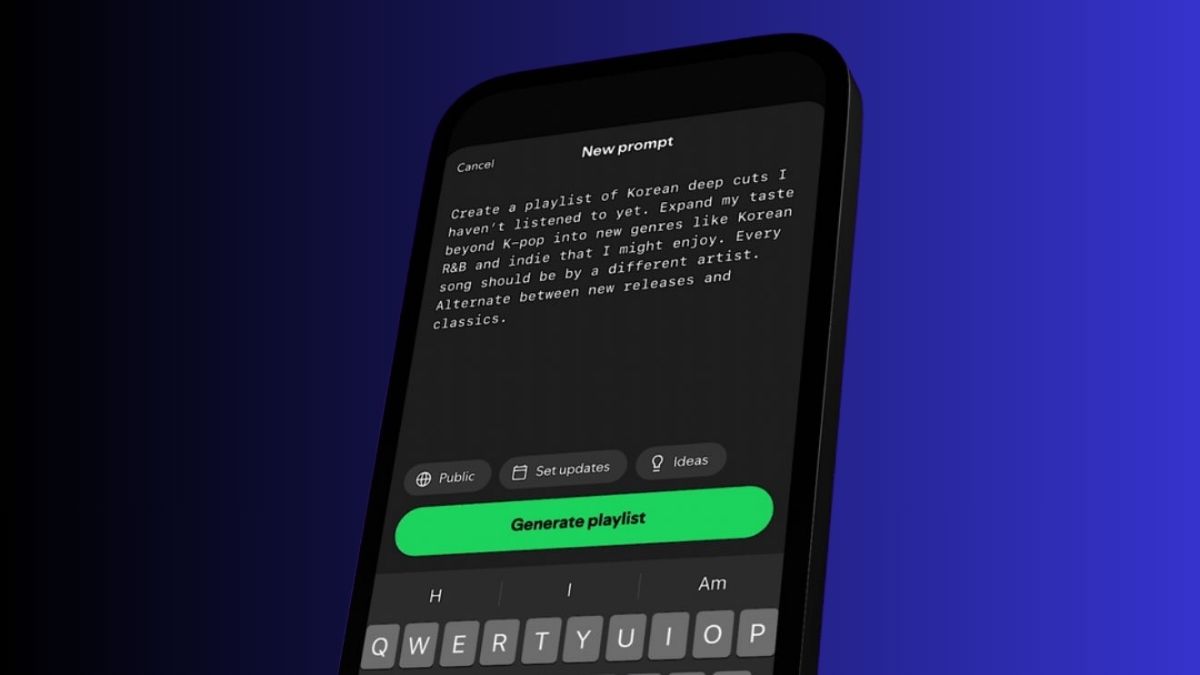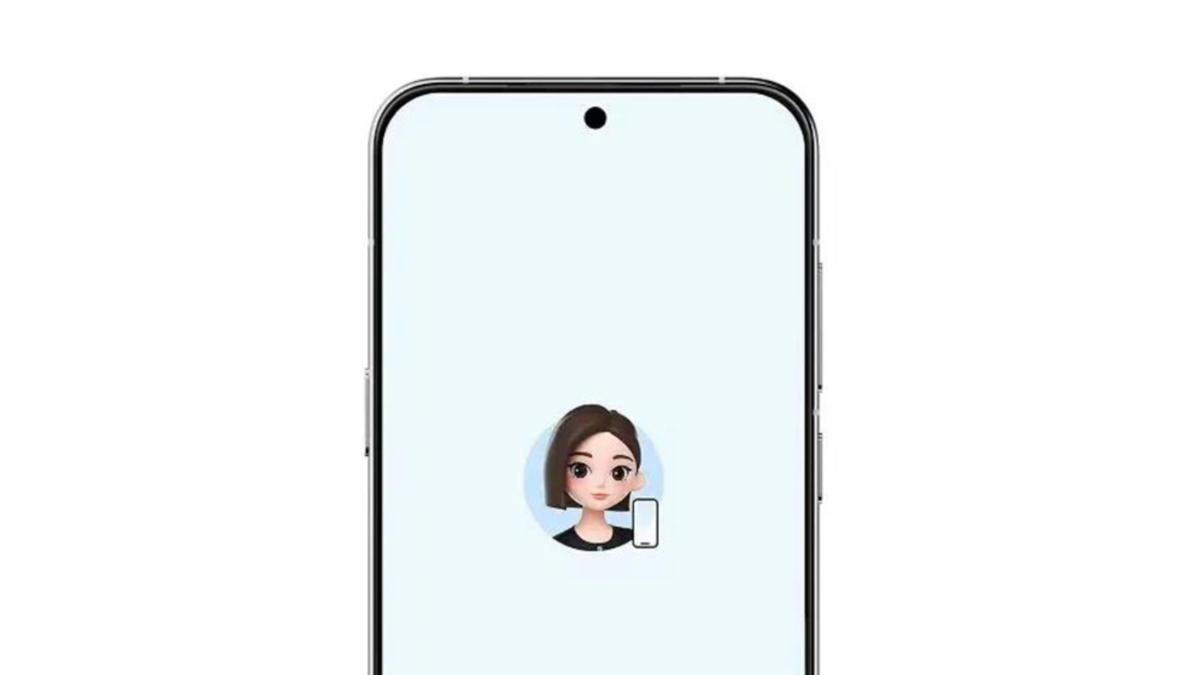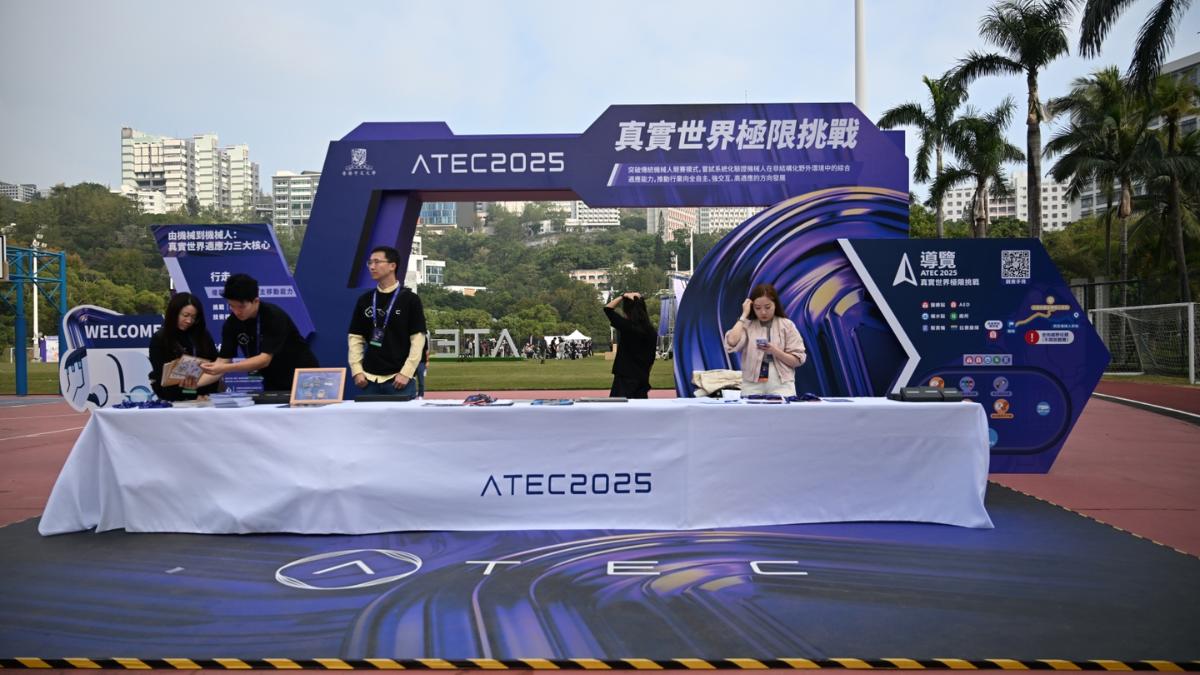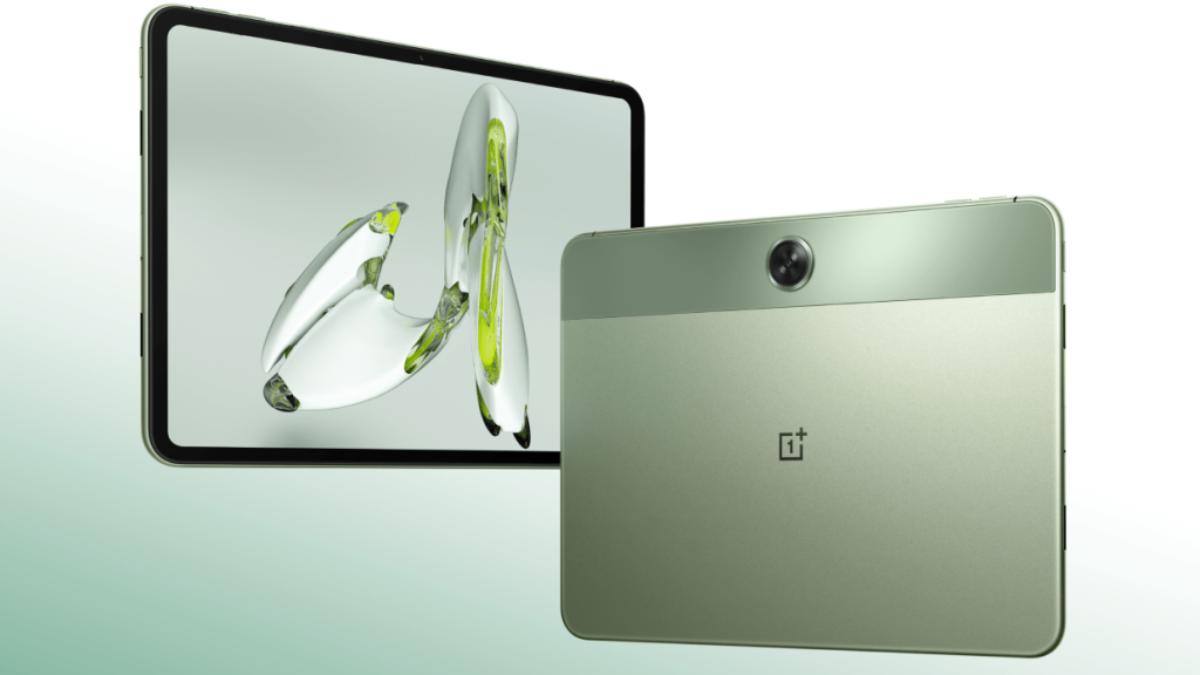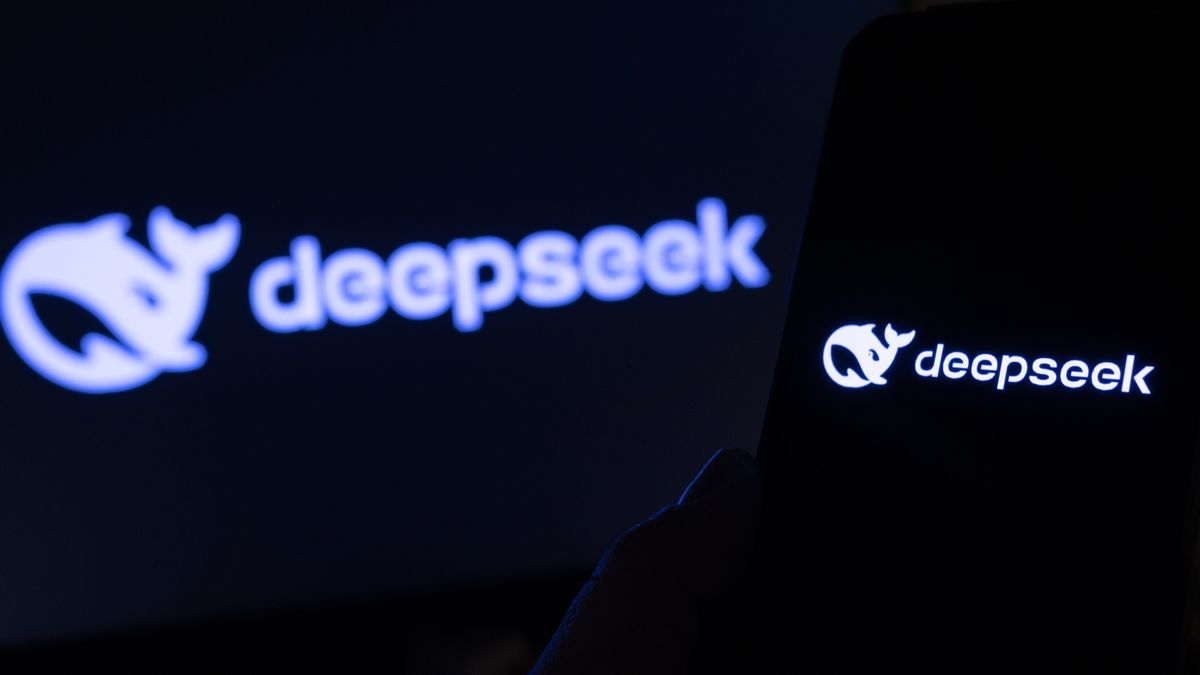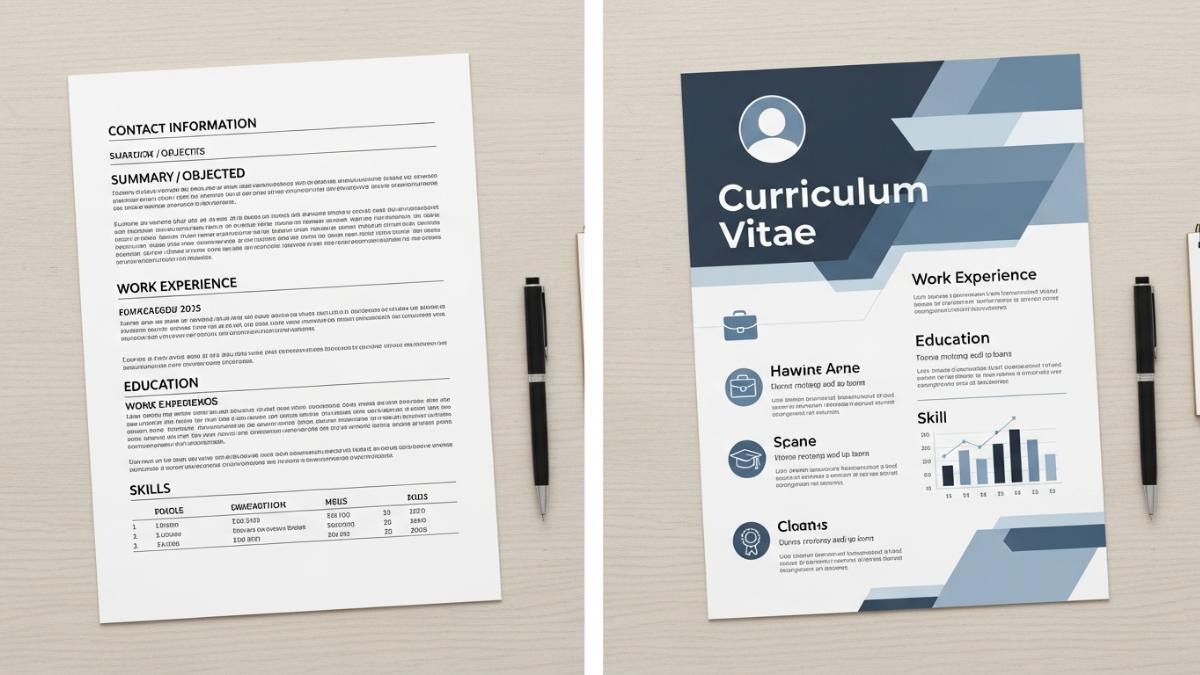On May 21, 2025, Google revealed its most ambitious AI updates yet at the Google IO 2025 keynote. The company launched Gemini 2.5, which outperformed all other reasoning models, including OpenAI’s GPT-4 (also known as o3). Even the cheaper Gemini Flash model beat GPT-4 inside the Chrome browser.
Gemini will soon be able to browse the web for you — it can click buttons, fill forms, and leave comments automatically. This new feature, once called Project Mariner, is now part of Gemini’s “agent mode.”
Google also announced Stitch, a tool that can automatically design websites. Combined with Jules, a new AI coding assistant that builds agents, this could make both web designers and developers less necessary.
Another tool called Flow stood out. Flow can generate full cinematic videos with sound, targeting creators and Hollywood studios. It’s aimed at automating video content generation on a large scale.
Meanwhile, Project Astra impressed the audience by using live video feeds and AI to describe the environment in real-time. It could soon be integrated into Google’s upcoming XR glasses, making them direct competitors to Meta’s smart glasses.
Other major launches include:
- Project Beam: Turns 2D videos into 3D experiences
- VO and Imageen: Enhanced video and image generators that now add sound
- Gemma 3N: A new open-source AI model developers can use commercially
- CSS Carousel Primitives: A long-awaited update that replaces bulky code with sleek new features
But access to the full power of Gemini 2.5 comes at a price. Google launched a new AI Ultra subscription that starts at $124.99/month for 3 months, then jumps to $249/month. It also includes 30 TB of storage for AI-generated content.
Despite the high price, developers may still benefit. Google confirmed it will support the Model Context Protocol, making it easier to integrate its tools. Surprisingly, Google didn’t build its own exclusive system this time.
From design and development to storytelling and search, Google’s AI strategy now touches almost every part of the digital world. Whether this is a new era of productivity or automation overload remains to be seen.

